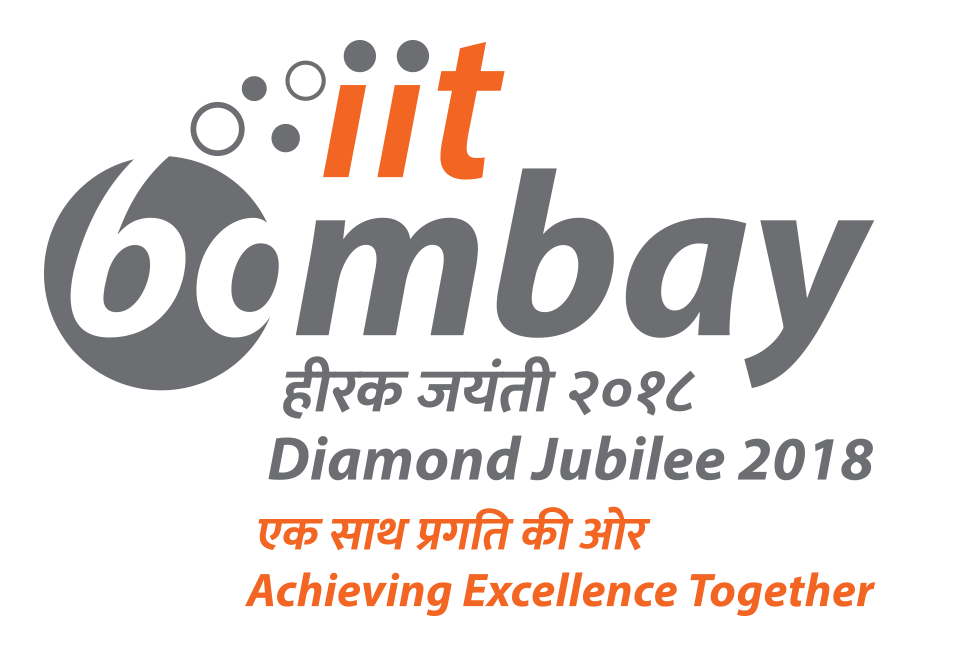Title: Mechanically Stiff & Elastomeric Hydrogels using Zero and Two-dimensional (0D & 2D) Nanomaterials
Speaker: Dr. Manish Jaiswal, JNCASR India
Abstract: Hydrogels are three-dimensional (3D) crosslinked hydrated network which are able to mimic native tissue microenvironments and can respond to external stimuli. However, their utility for biomedical applications is severely hampered due to limited mechanical stiffness and low toughness. In addition, the existing gelation mechanisms involve the use of external catalyzing agent whether physical, chemical, thermal or irradiation which inevitably introduce toxicity to the system. Despite recent progress in designing stiff and tough hydrogels, it is still challenging to achieve a cell friendly, high modulus gel construct.
To overcome the two distinct challenges, we explored the role of advanced 0D and 2D nanomaterials and put forward the concept of “cross link-epicenter” and “self-gelation” using lattice vacancy sites. When collagen based polymeric chains are covalently crosslinked with a single nanoparticle (e.g. Fe3O4) via several ligands present onto the surface, it provides exceptional strength to the network with a minimal concentration. Thus, the microenvironment remains unaltered with no cytotoxicity imparted to the gel system. Extraordinarily, the conjugation of these nanoparticles at a 10,000-fold lower concentration relative to polymer resulted in a more than 10-fold increase in mechanical stiffness and a 20-fold increase in toughness (Jaiswal et. al. ACS Nano, 2016).
To address the problem of toxicity imparted by the catalyzing agent, a new approach of vacancy-driven gelation to obtain chemically crosslinked hydrogels from defect-rich 2D transition metal dichalcogenide nanoassemblies (e.g. MoS2) and polymeric binder is conceptualized. This approach utilizes the planar and edge atomic defects available on the surface of the 2D MoS2 nanoassemblies to form mechanically resilient and elastomeric nanocomposite hydrogels (Compressive modulus ~ 30kPa with 2% MoS2). The atomic defects present on the lattice plane of 2D MoS2 nanoassemblies are due to atomic vacancies and can act as an active center for vacancy-driven gelation with a thiol-activated terminal such as four-arm poly(ethylene glycol)–thiol (PEG-SH) via chemisorption. By modulating the number of vacancies on the 2D MoS2 nanoassemblies, the physical and chemical properties of the hydrogel network can be controlled. This vacancy-driven gelation process does not require external stimuli such as UV exposure, chemical initiator, or thermal agitation for crosslinking and thus provides a nontoxic and facile approach to encapsulate cells and proteins. 2D MoS2 nanoassemblies are cytocompatible, and encapsulated cells in the nanocomposite hydrogels show high viability (>85%). Overall, the nanoengineered hydrogel obtained from vacancy-driven gelation is mechanically resilient and can be used for a range of potential applications across disciplines such as cellular and drug delivery, water-remediation etc. (Jaiswal et. al Adv. Mater. 2017).

